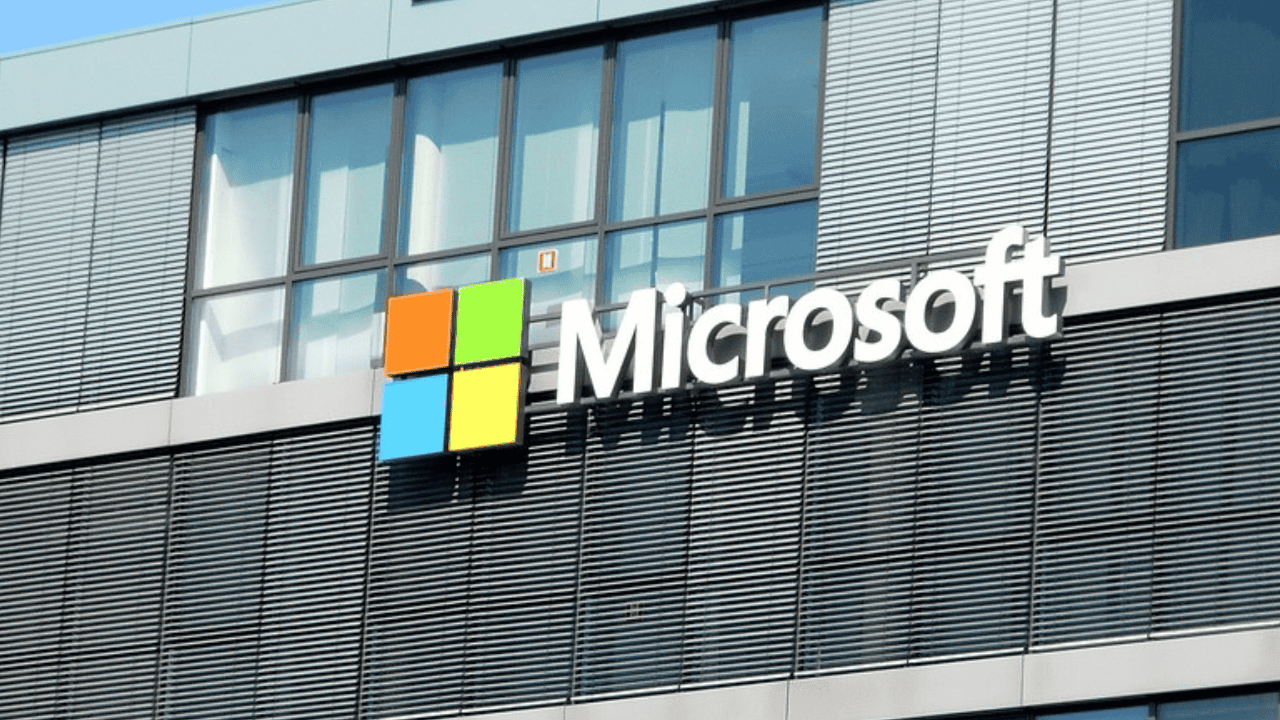Microsoft laid off over 6000 employees in 2025 as part of the realignment of the global workforce. This signals how the tech behemoth is adapting to an AI-focused future. These layoffs have stirred debates around the industry and on different social media platforms.
Microsoft Making Changes to Their Workforce
AI focus was the pivotal reason for the layoffs. Microsoft CEO Satya Nadella stated that the company aims to integrate AI in all organisation sectors, which requires restructuring for proper efficiency in all departments. Internal reports noted that in some engineering projects, AI-generated as much as 30% of the code, reducing the need for vast development teams.
The state of Washington, housing the Microsoft headquarters, suffered the worst of these cuts. Two thousand positions were eliminated in the state, with over 40% being software development roles. Many project managers and technical leads were also facing job loss.
Even AI and machine learning experts faced job loss, signalling that no position is secure, even if one is developing the technologies enabling change.
Layoffs Cut Across Industries, Not Just Tech
This round of cuts also affected LinkedIn and additional regional offices, which comprise 3% of Microsoft’s global headcount. Participants in gaming (including Activision Blizzard and Xbox), cloud computing (Azure), as well as emerging technology fields like HoloLens, were all affected.
During the April earnings call, Microsoft’s CFO Amy Hood provided hints about the restructuring when she emphasised the need to streamline management hierarchies and make flexible, nimble teams.
Tech vs. Government Employment: The Career Sacrifice Quandary
As the tech industry continues its bumpy ride, these layoffs have sparked yet another iteration of the timeless online dispute: which one to pick—the generously compensated innovation-centric positions within tech companies or the cushier and safer government jobs?
These arguments have found a battleground in social media. While some share their grievances about the lack of stability in tech jobs, another section believes the financial incentives justify the volatility.
Microsoft is not the only company doing this; there’s a trend across the industry.
Microsoft is not the only company doing this; there’s a trend across the industry. Along with shrinking their workforce, major companies like Salesforce and Workday increased hiring for AI-focused positions. As stated by Salesforce CEO Marc Benioff, there will be an increased focus on AI specialists at the expense of traditional developers.
This marks yet another critical turning point for the technology sector. Companies are adopting even more automation and AI technology to remain competitive, which, in turn, causes layoffs.
What’s Next for Microsoft and Its Workforce?
Microsoft remains one of the most valuable companies in the world, however, they continue to face market disruptions and technological pressures. Its workforce management is likely to continue shifting as Microsoft realigns its enterprise focus on software and AI integration and cloud innovations.
Customer-facing roles may not be directly impacted this time around, however, they may experience a lot of streamlining internally to technical roles and management as AI tools continue advancing.
Key Takeaways:
- Global headcount reduction of 6,000 in 2025, following 10,000 in 2024.
- Most impacted are LinkedIn, cloud computing, and AI development.
- Coding positions filled by humans are actively supplanted—AI now writes almost a third of code on specific projects.
- Microsoft’s restructuring indicates the shift the entire tech industry is undergoing—a change to AI-dominated productivity.
- The focus on social media illustrates the widening gap between precarious employment in technology and the stability of public sector jobs.
Visit Blogsweneed for the latest News, Blogs, and content like this.

Hi, I’m Nathan Cross, a writer and avid reader who loves crafting articles for newspapers and online platforms. Words are my passion, whether I’m telling stories, sharing insights, or sparking conversations. When I’m not writing, you’ll find me lost in a book or out on the baseball field, enjoying the game that keeps me grounded. Writing, reading, and baseball—these are the things that define me.

